
Nasa, the US space agency, celebrates 60 years this month.
Since its founding by the US Congress on July 29 1958, the agency has led the way in space exploration, putting Americans on the Moon, launching the Hubble Space Telescope and sending probes billions of miles into space.
These images from the Nasa archive illustrate the remarkable steps and giant leaps, for man and mankind, the agency has taken.
Earth
This early image gives a view of Earth taken by astronaut John H Glenn Jr from the Mercury Atlas 6 spaceflight on February 20 1962.
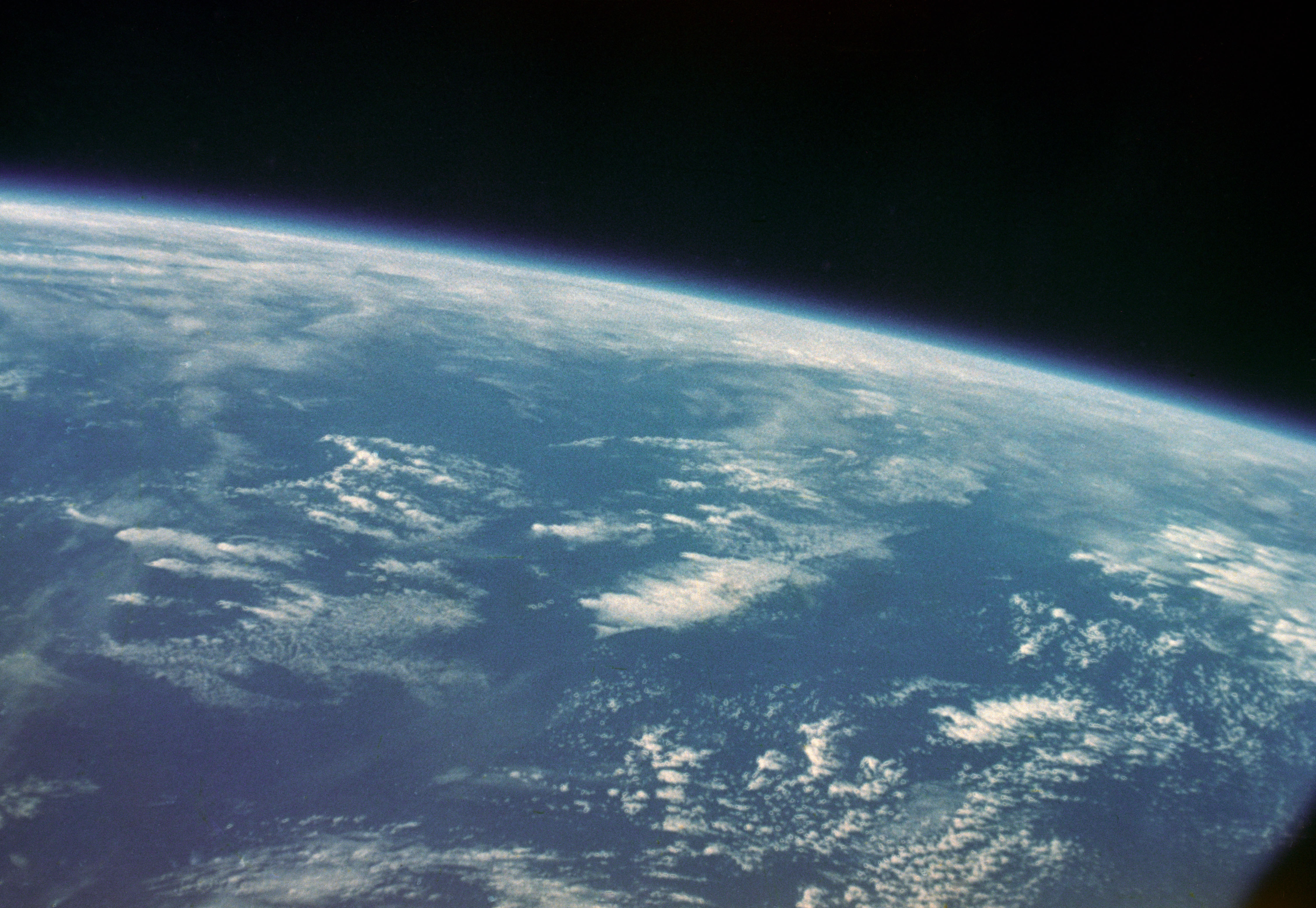 (Nasa)
(Nasa)
Just six years later, in 1968 this picture was taken from the Apollo 8 spacecraft, as Nasa travelled further from the Earth’s surface on its way to orbit the Moon.
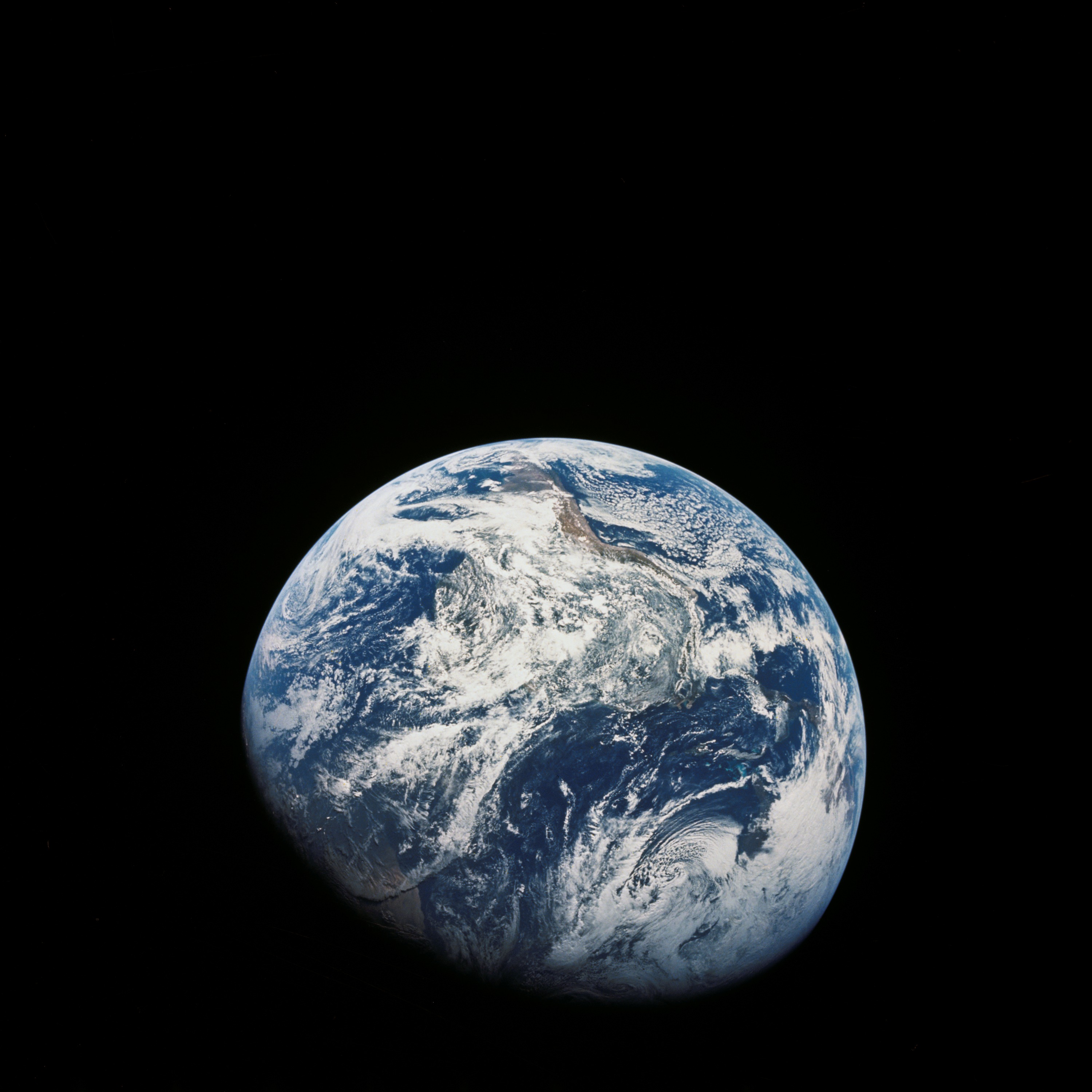 (Nasa)
(Nasa)
One step further, this picture was taken by the Apollo 11 astronauts Neil Armstrong and Buzz Alrdin, as they left in the Lunar Module after becoming the first men to walk on the Moon’s surface.
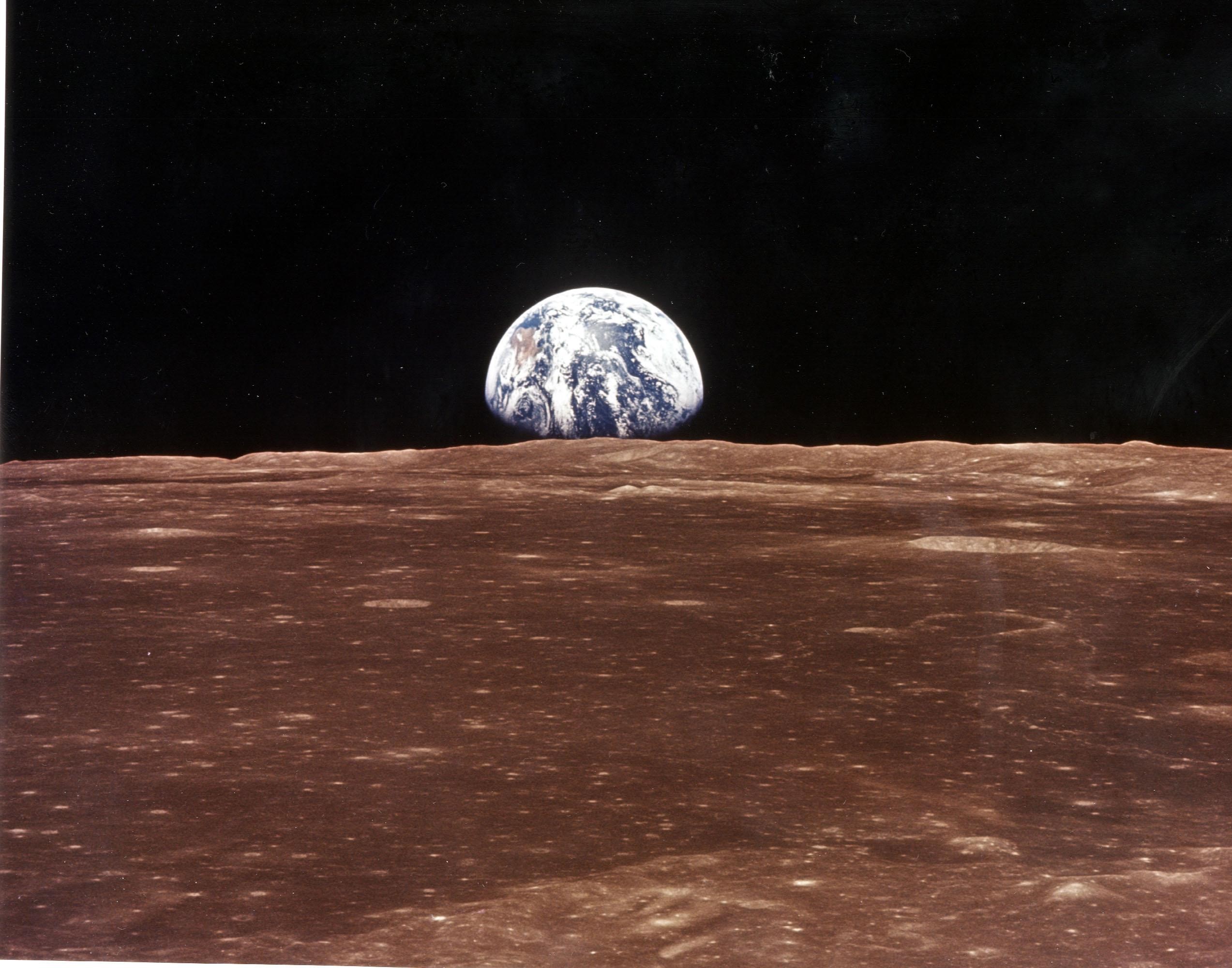 (Johnson Space Centre/Nasa)
(Johnson Space Centre/Nasa)
In 1990, at the request of the late, great astronomer Carl Sagan, the Voyager 1 space probe that had launched 13 years earlier in 1977, cast the gaze of its cameras back whence it came.
The resulting image, dubbed Pale Blue Dot, sees Earth as a tiny point of light.
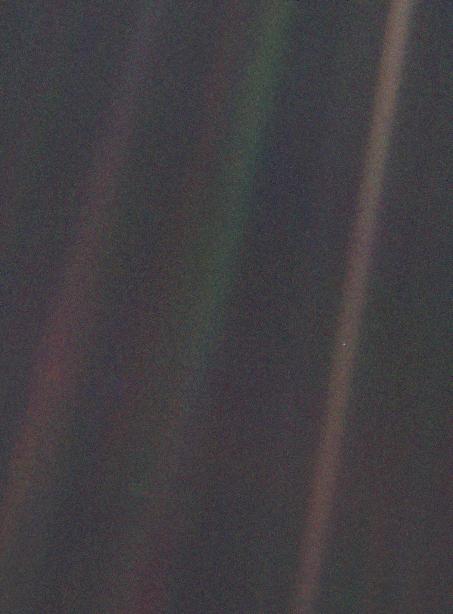 (Nasa/JPL)
(Nasa/JPL)
Taken almost four billion miles away, as Voyager 1 travelled near the outer reaches of the solar system, that image is the most distant sight of our planet ever taken.
However, in 2013 the Cassini spacecraft captured an image slightly less distant but almost as beautiful and thought-provoking.
The image is taken from the orbit of Saturn and, five-times magnified, gives a rare look at the Earth and the Moon.
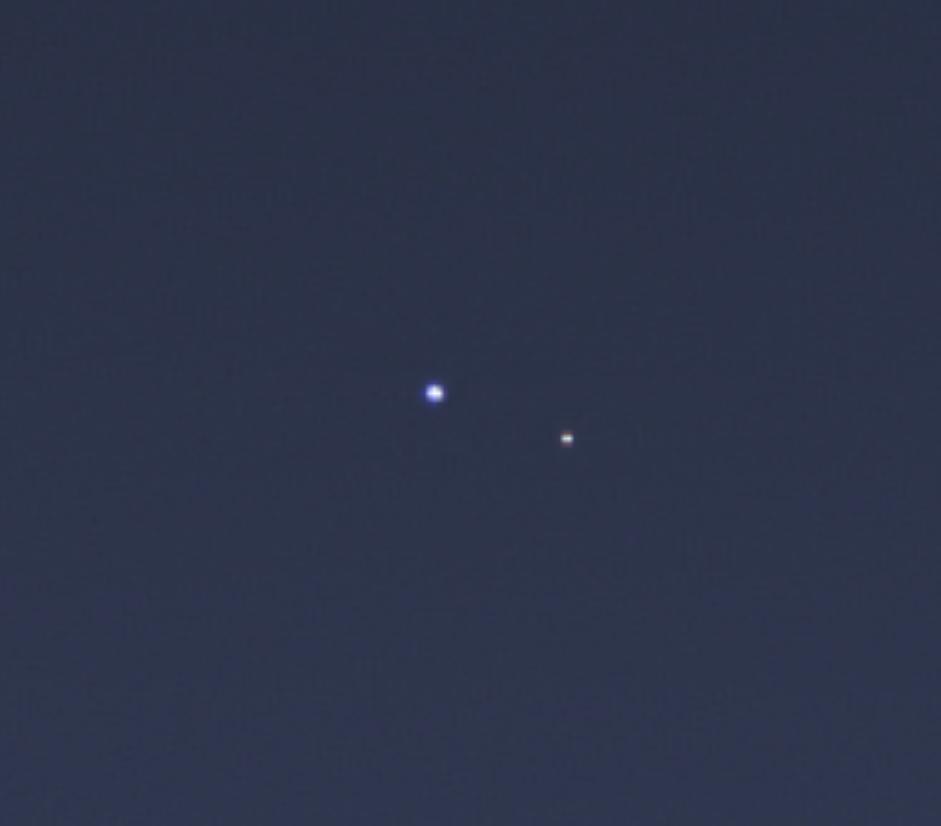 (Nasa/JPL-Caltech/Space Science Institute)
(Nasa/JPL-Caltech/Space Science Institute)
Pluto
The past 60 years have been tough on Pluto, seeing its status as a planet stripped in 2006 amid much debate.
However, Nasa’s view of the icy world has greatly enhanced in recent times – exemplified first by this image from 1998, created by the Hubble Space Telescope.
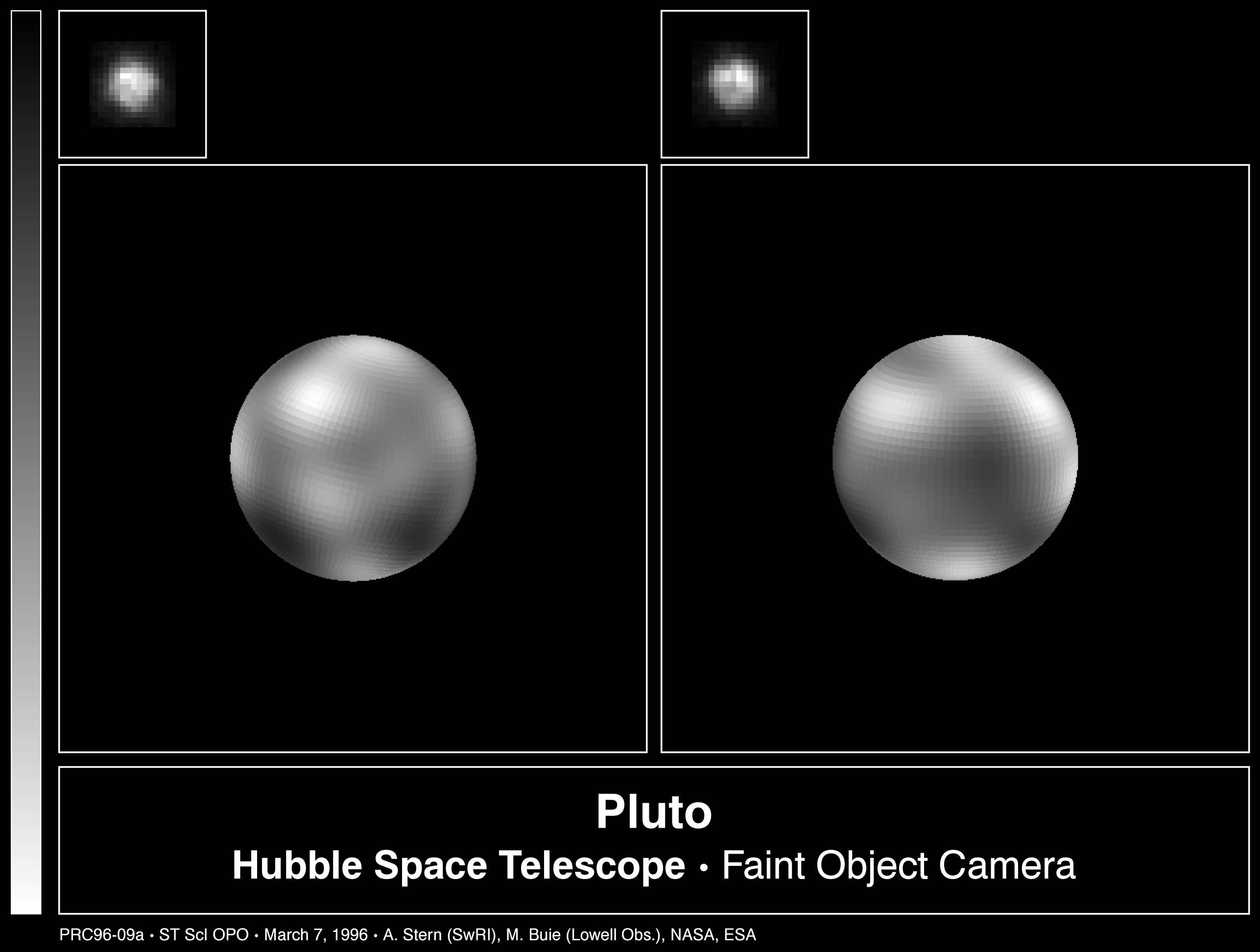 (Alan Stern Southwest Research Institute, Marc Buie Lowell Observatory, Nasa and ESA)
(Alan Stern Southwest Research Institute, Marc Buie Lowell Observatory, Nasa and ESA)
It was a remarkable creation and the best view of Pluto out there at that time, but less than 20 years later we have a much clearer view.
This image was made by four pictures taken by the New Horizons Long Range Reconnaissance Imager in 2015 as it passed by the lonely dwarf planet.
 (Nasa/Johns Hopkins University Applied Physics Laboratory/Southwest Research Institute)
(Nasa/Johns Hopkins University Applied Physics Laboratory/Southwest Research Institute)
Mars
Mars is certainly in the running for the next phase of space exploration, with the likes of entrepreneurs such as Elon Musk envisioning setting up a human colony on the red planet one day.
It all began when the Viking lander touched down on Mars on July 20 1976, and sent the first ever photo of the Martian surface.
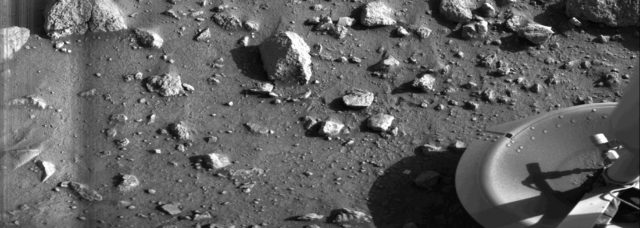 (Nasa)
(Nasa)
Since then, Nasa has deployed several landers to take photos and send back data on ground samples as a part of the search for molecular signs of life.
Images taken by the Mars Pathfinder (IMP) in 1997 show the red surface of Mars – mostly covered in iron dust.
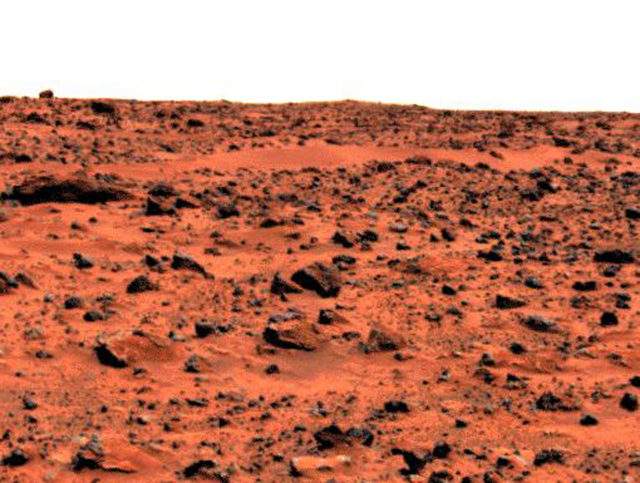 (Nasa)
(Nasa)
Scientists have since been looking at our neighbouring planet in incredible detail. Side-by-side images, taken roughly two years apart by the Hubble Telescope, show very different views of the same hemisphere of Mars.
Both were captured when Mars was in opposition. The image on the left, taken on May 12 2016, shows a clear atmosphere, while the one on the right, taken on July 18 2018, shows a global dust storm.
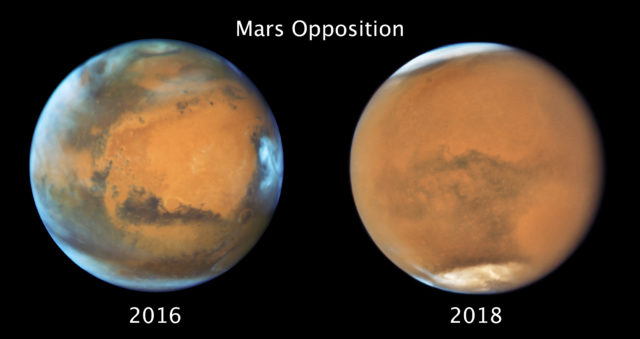 (Nasa/ESA/STScI)
(Nasa/ESA/STScI)
Astronauts
The image below shows Walter “Wally” Schirra in 1959, one of seven astronauts from Project Mercury, the first human spaceflight programme by the US (which would be beaten to its primary function by Soviet Yuri Gagarin in 1961).
A decade later, the Americans were beating the USSR, and their iconic space suit became part of a moment in history as man walked on the Moon for the first time.
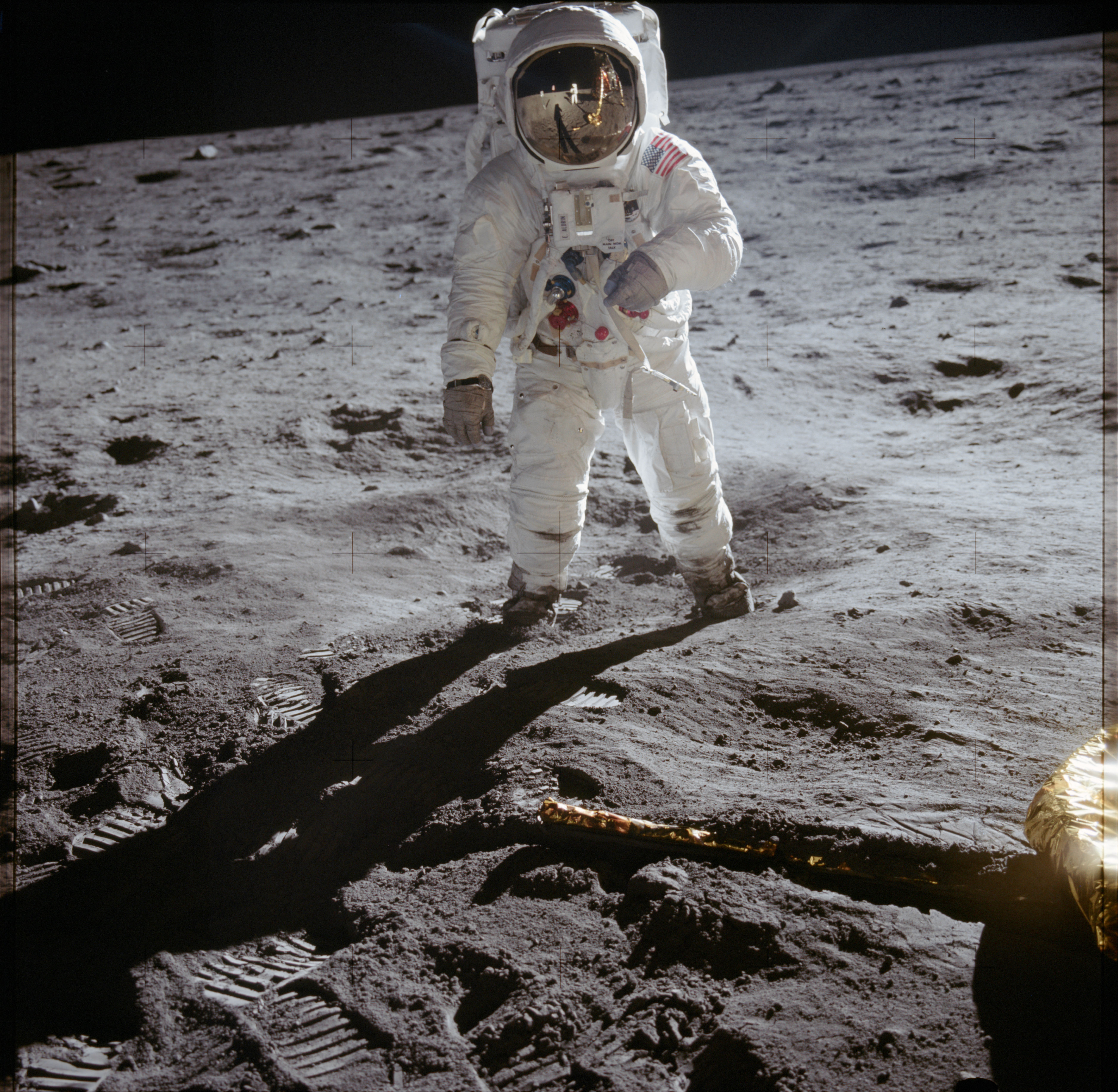 (Nasa)
(Nasa)
In the 1980s, the Extravehicular Mobility Unit (EMU) was introduced as the astronaut uniform for spacewalks, and is still used to this day.
The design offers wearers environmental protection, mobility and helps them to communicate – and offers the public an image ever associated with human space exploration.
 (Nasa)
(Nasa)
Nasa has come a long way in 60 years – where will it be in 60 more?


Comments & Moderation
Readers’ comments: You are personally liable for the content of any comments you upload to this website, so please act responsibly. We do not pre-moderate or monitor readers’ comments appearing on our websites, but we do post-moderate in response to complaints we receive or otherwise when a potential problem comes to our attention. You can make a complaint by using the ‘report this post’ link . We may then apply our discretion under the user terms to amend or delete comments.
Post moderation is undertaken full-time 9am-6pm on weekdays, and on a part-time basis outwith those hours.
Read the rules here